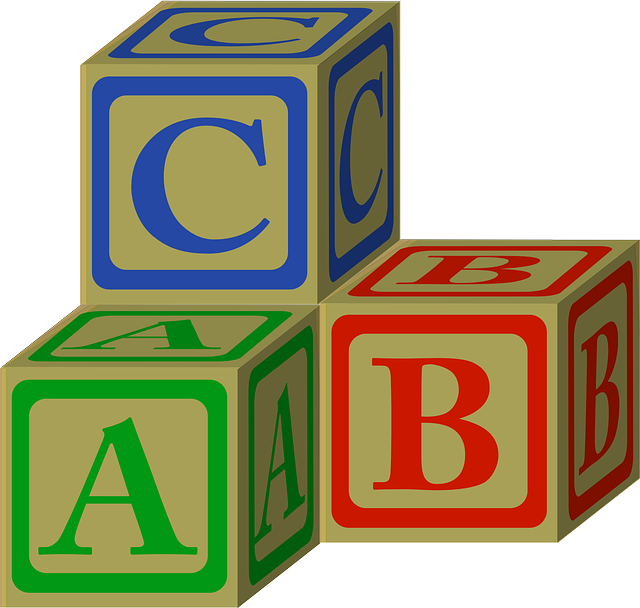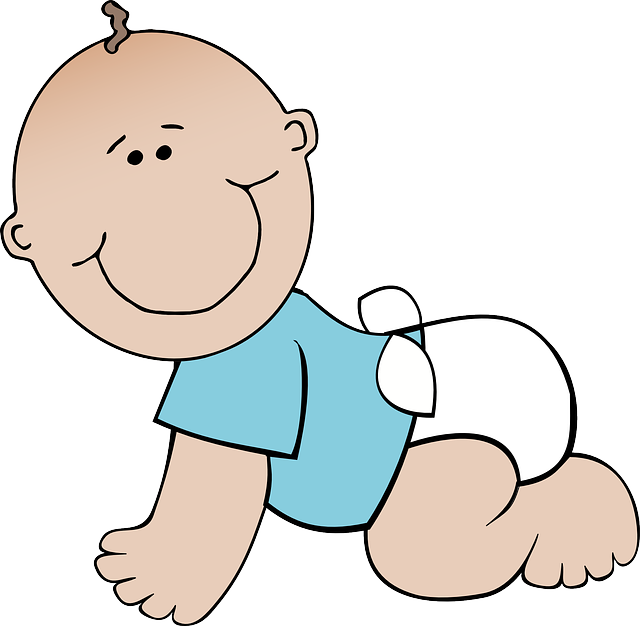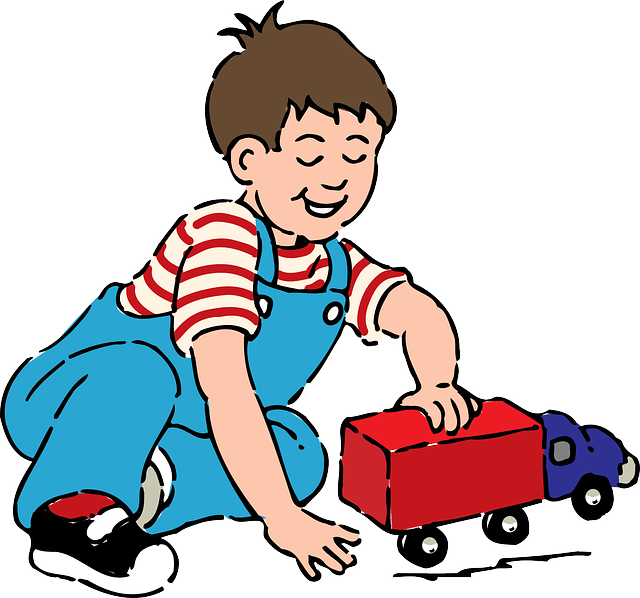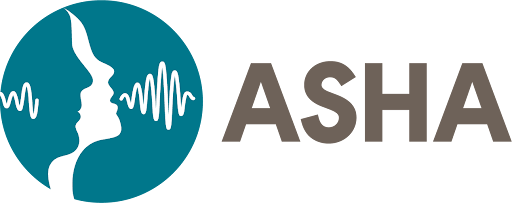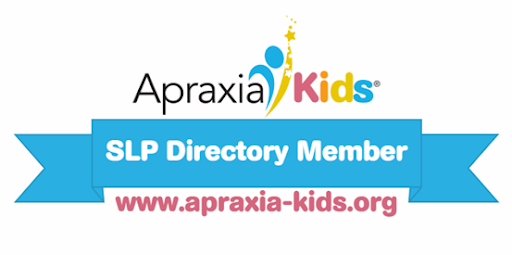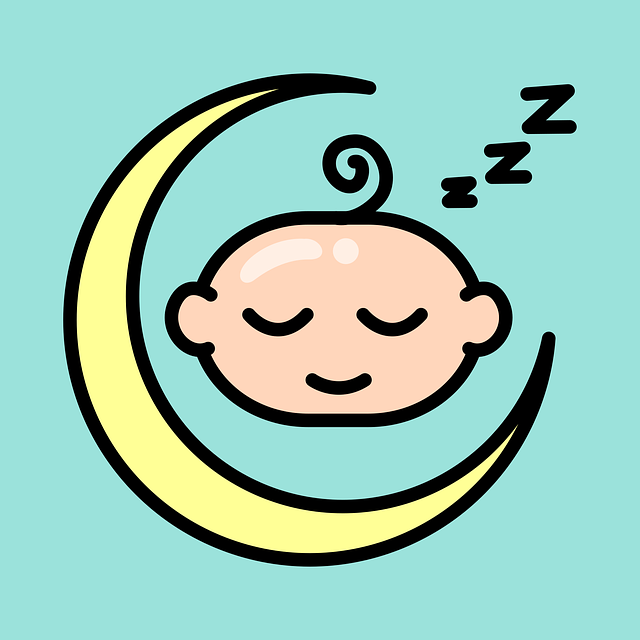
The Importance of Consistent Sleep Schedules in Young Children
According to Kids Health Publication, toddlers need an average of 11-14 hours of sleep and preschoolers need an average of 10-13 hours of sleep per day, with naps included. Sleep is an every day necessity for all people, but especially for growing children due to their rapid development on a physical, cognitive, and emotional level. Children who are sleep deprived or who have sleep challenges may appear to be more moody or hyperactive and may visually present as being fatigued which challenges their interaction and learning potential. In early childhood, challenges with sleep may include a child’s general resistance to going to bed, frequent wakefulness at night, patterns of nightmares/sleep walking, or documented sleep regression. Parents are encouraged to follow

